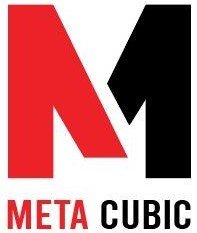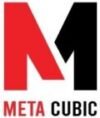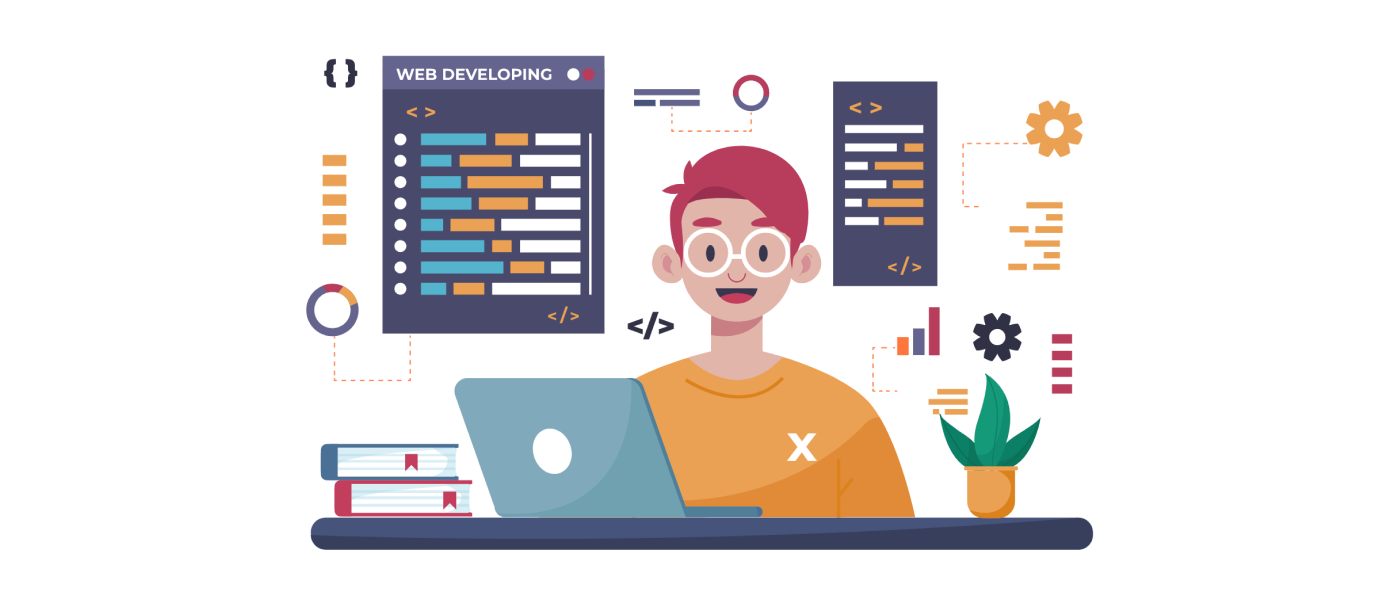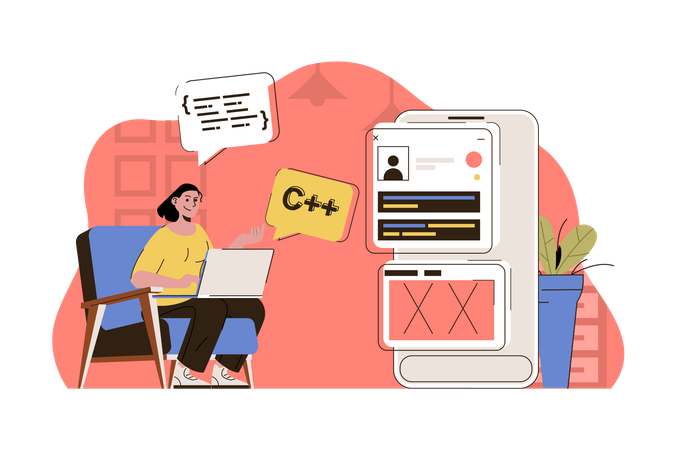Unleashing the Power of Laravel’s Blade Templates
Understanding the Basics of Blade Syntax

At the core of Laravel’s Blade lies its simple and intuitive syntax. Blade uses curly braces to enclose its directives, making it easily distinguishable from standard PHP code. Let’s delve into some fundamental aspects of Blade syntax:
Directives in Blade
Blade directives are denoted by the “@” symbol, enabling developers to perform various operations within the view. Directives provide control structures, conditional statements, and much more, streamlining the process of data manipulation.
Variables and Data Binding
Blade makes data binding a breeze. Developers can effortlessly bind data to their views and display it using double curly braces. This eliminates the need for lengthy PHP echo statements, enhancing code readability.
Control Structures
Laravel’s Blade templates offer an array of control structures, such as if-else statements, loops, and switch cases. These structures provide flexibility and efficiency while handling different scenarios in your web application.
Blade Comments
Blade comments are another useful feature, enabling developers to leave comments within their views without affecting the final output HTML. This aids in code documentation and collaboration among team members.
Blade Layouts and Views
Blade layouts and views play a vital role in building the user interface of a Laravel application. They allow for the separation of concerns and promote code reusability.
Creating Master Layouts
Master layouts act as a blueprint for other views, defining the common structure and elements shared across multiple pages. By extending these layouts, developers can easily create consistent user interfaces.
Extending Layouts
Blade’s extended functionality allows developers to inherit the structure of a master layout and override specific sections for individual views. This inheritance mechanism simplifies the process of creating unique pages.
Including Views
Incorporating views within other views using the “@include” directive promotes modularity and reduces redundancy. It enables developers to break down complex UI elements into reusable components.
Blade Components
Introduced in recent Laravel versions, Blade components take reusability to the next level. Developers can encapsulate sections of markup and logic within components, making code more organized and maintainable.
Blade Templating Tips and Best Practices
To fully leverage the power of Blade, it’s essential to follow some best practices and utilize its features effectively.
Reusable Components with @include
By using the “@include” directive, developers can build libraries of reusable components. This fosters a modular development approach, resulting in a more structured and efficient codebase.
Blade Inheritance and Sections
Taking advantage of Blade inheritance and sections help maintain consistency throughout the application. Developers can define specific sections in child views, which are then filled in by the master layout.
Escaping Output
Blade automatically escapes output, protecting your application from cross-site scripting (XSS) attacks. However, it’s crucial to understand when and how to use the “@verbatim” directive for escaping exceptions.
Advanced Blade Techniques
For seasoned Laravel developers, exploring advanced Blade techniques opens up a world of possibilities for code organization and efficiency.
Custom Blade Directives
Developers can define their custom Blade directives, tailoring them to their specific project needs. This empowers teams to create expressive and concise syntax for frequently used tasks.
Conditionally Adding Classes
Blade provides an elegant way to conditionally add CSS classes to HTML elements. This feature is especially useful when dealing with dynamic user interfaces that require class manipulation.
Service Injection
Laravel’s Blade templates also allow for service injection. This feature facilitates the direct usage of services in Blade Views, making them more than just templates.
Improving Performance with Blade
Though Blade is inherently fast, optimizing your Blade views further can significantly enhance the overall performance of your web application.
Caching Blade Views
Laravel’s caching mechanism allows you to cache your compiled Blade views, reducing the processing overhead and speeding up the rendering of pages.
Minification and Concatenation
Minifying and concatenating your CSS and JavaScript files reduces the number of requests made to the server, resulting in faster page loading times.
Integrating JavaScript and CSS in Blade Templates
Blade templates make it simple to include JavaScript and CSS in your views and manage them efficiently.
Using @stack to Manage Scripts and Styles
The “@stack” directive enables developers to push JavaScript and CSS content into designated stacks. This ensures proper organization and loading of scripts and styles in the final HTML.
Inline Scripts and Styles
The blade allows for the inclusion of inline scripts and styles directly within the views. This feature proves useful when you have specific scripts or styles applicable to a single page only.
Leveraging Blade for Internationalization
Internationalization is a crucial aspect of web applications, and Laravel’s Blade has built-in support for making your application multilingual.
Translating Texts with @lang
The “@lang” directive simplifies the process of language translation in Blade views. It enables developers to display content in different languages based on the user’s preferences.
Date and Time Localization
Blade templates also provide native support for localizing dates and times, ensuring that your application remains user-friendly across various regions.
Unleashing the Power of Laravel’s Blade Templates for Email Templates
Blade’s versatility extends beyond web views. Developers can harness the power of Blade for creating dynamic and beautiful email templates, streamlining their email communication.
Conclusion
Laravel’s Blade templates are a game-changer in web development, offering a seamless and elegant way to design dynamic views. With its expressive syntax and powerful features, Blade empowers developers to create reusable, maintainable, and high-performance UI components. Whether you are a beginner or an experienced Laravel enthusiast, mastering Blade is a must to unlock the full potential of Laravel and take your web applications to new heights.







